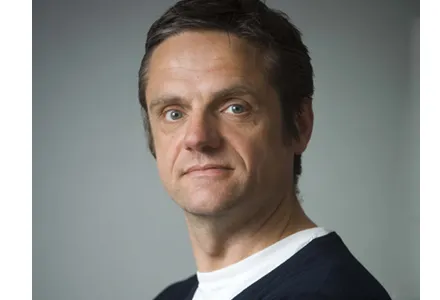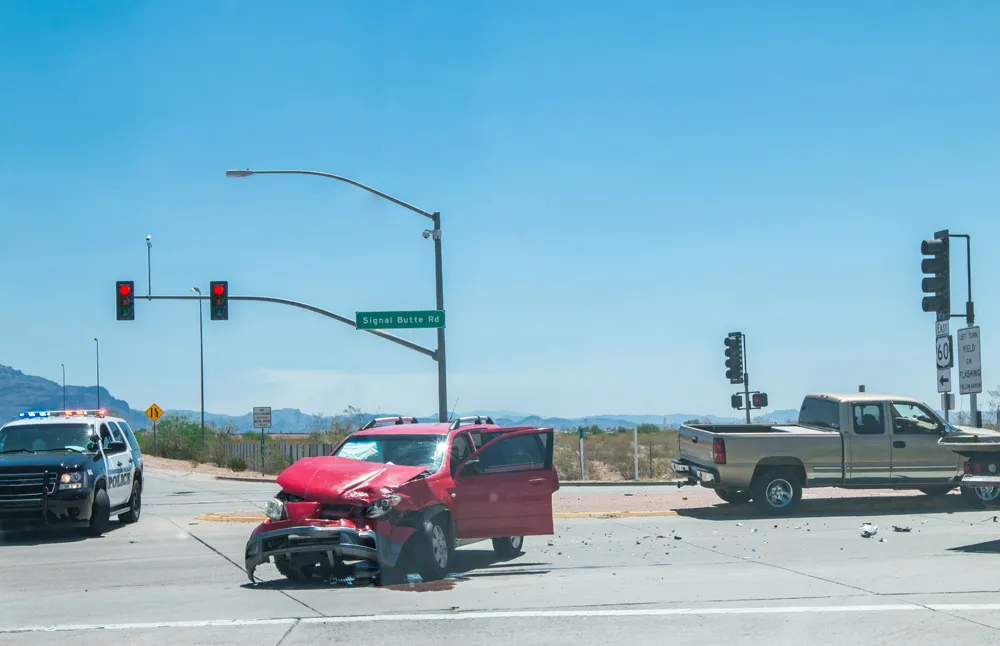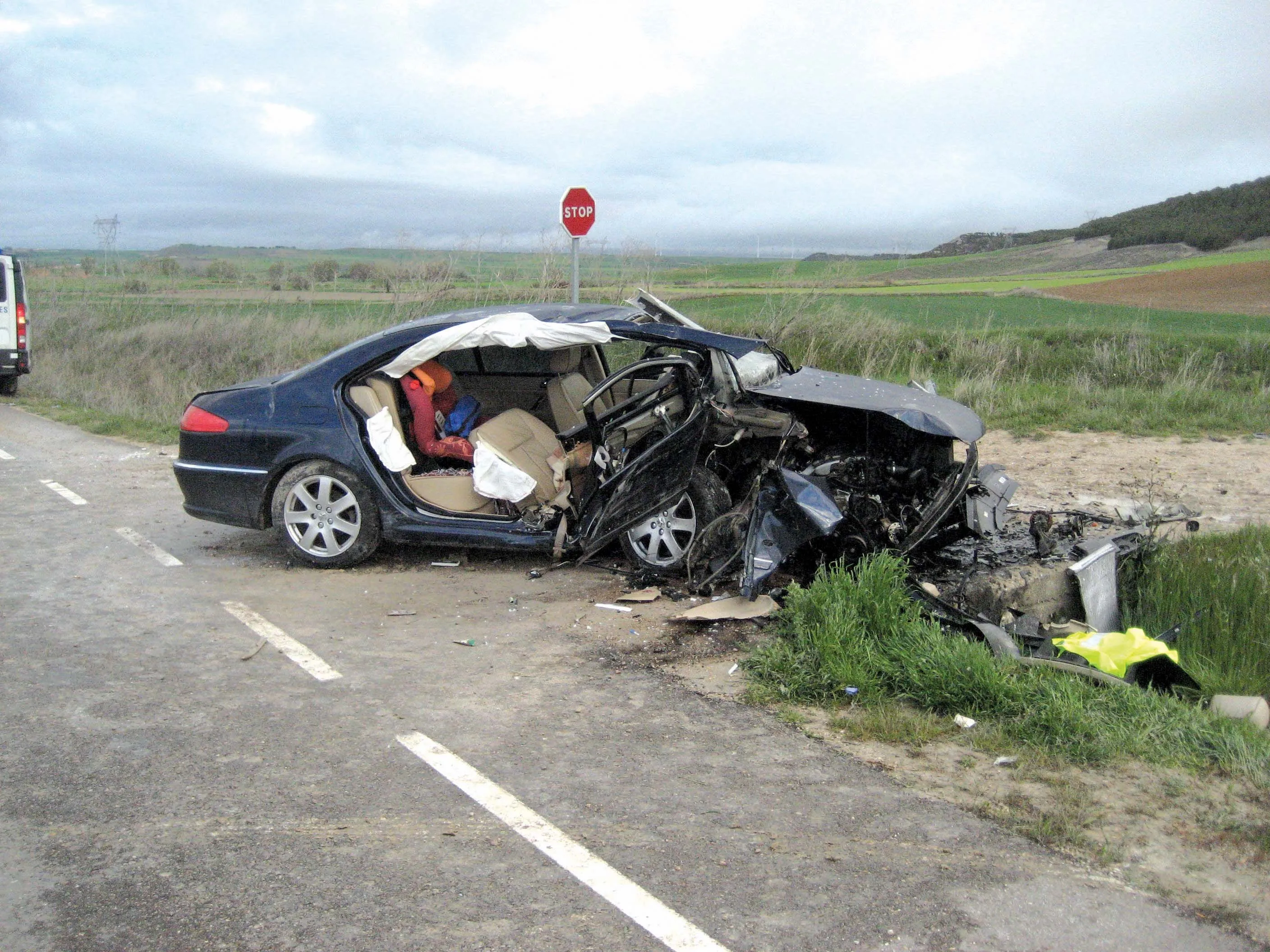Preliminary data from France over the number of fatalities on the road network reveal safety improvements during 2012. The numbers killed dropped by 7-8%, although the final figures for December are not yet available. The preliminary figures suggest that around 3,600-3,700 were killed on French roads in 2012, compared with 3,970 in 2011. This reduction is in line with targets on cutting the death rate and Ministry of the Interior wants to bring the fatality rate to just 2,000 by 2020. This reduction has bee
January 11, 2013
Read time: 3 mins
Preliminary data from France over the number of fatalities on the road network reveal safety improvements during 2012. The numbers killed dropped by 7-8%, although the final figures for December are not yet available. The preliminary figures suggest that around 3,600-3,700 were killed on French roads in 2012, compared with 3,970 in 2011. This reduction is in line with targets on cutting the death rate and Ministry of the Interior wants to bring the fatality rate to just 2,000 by 2020. This reduction has been achieved largely through a policy of tougher enforcement, particularly against speeding and drink driving, as well as through public education measures. France previously had lax enforcement and its accident rate was high. The country has now achieved one the biggest reductions in road accident levels in Europe, along with Portugal which has used similar measures and policies to tackle its previously high fatal crash rate.
Improved vehicle design with better crash protection, greater use of seatbelts and driver aids are thought to have helped cut the levels of fatalities and serious injuries for vehicle occupants. But there is still concern within Europe over the problems faced by vulnerable road users. In France the authorities have suggested making it a requirement for motorcyclists to wear high visibility apparel as a way of increasing conspicuity. The aim is to reduce the high incidence of crashes that occur when other road users fail to see oncoming motorcyclists and pull from sideroads or turn in front, resulting in impact. Similar suggestions have also been made in other European countries about the need for cyclists to wear high visibility apparel, for the same reason. However a new study by the UK’s Transport Research Laboratory (777 TRL) suggests that high visibility apparel is not as effective as thought. Lighting may reduce the visibility of brightly coloured apparel, particularly where there are other similar colours surrounding. Instead, the TRL research suggests that colour contrasts, such as with stripes and even with black, may be more effective in providing conspicuity. And flashing lights for cyclists may also help in this respect.
Vulnerable road users are at risk from the drivers of motor vehicles. Crash statistics for UK capital London show that heavy goods vehicles (HGVs) pose a particular threat for cyclists. The number of cycling fatalities caused by HGVs is high in London. And similar data comes from Sweden, which also has a low annual road fatality rate like the UK. This shows that while buses and trucks in Sweden were involved in only 5% of all bicycle and motorcycle accidents, they were linked to 25% of the fatal incidents, according to figures from between 2008 and 2011 from the insurance company If. A majority of the accidents occurred when the truck or bus travelled in the same direction as a cyclists, and the collisions came when trucks turned right and failed to see the cyclist, or when buses attempted to overtake without giving the cyclist sufficient space on the road. This is similar to the UK data, which shows that a high number of cycling fatalities in London occurred when HGVs turned left at junctions, without the dr ivers having seen the cyclists. In London driver training is being encouraged by a number of firms running HGV fleets, along with the installation of detection equipment. But the EU has recently backed away from making the installation of detection equipment compulsory for HGVs. The new data from Sweden backs up the information from the UK and revealing that this is an issue the EU should review.
Improved vehicle design with better crash protection, greater use of seatbelts and driver aids are thought to have helped cut the levels of fatalities and serious injuries for vehicle occupants. But there is still concern within Europe over the problems faced by vulnerable road users. In France the authorities have suggested making it a requirement for motorcyclists to wear high visibility apparel as a way of increasing conspicuity. The aim is to reduce the high incidence of crashes that occur when other road users fail to see oncoming motorcyclists and pull from sideroads or turn in front, resulting in impact. Similar suggestions have also been made in other European countries about the need for cyclists to wear high visibility apparel, for the same reason. However a new study by the UK’s Transport Research Laboratory (
Vulnerable road users are at risk from the drivers of motor vehicles. Crash statistics for UK capital London show that heavy goods vehicles (HGVs) pose a particular threat for cyclists. The number of cycling fatalities caused by HGVs is high in London. And similar data comes from Sweden, which also has a low annual road fatality rate like the UK. This shows that while buses and trucks in Sweden were involved in only 5% of all bicycle and motorcycle accidents, they were linked to 25% of the fatal incidents, according to figures from between 2008 and 2011 from the insurance company If. A majority of the accidents occurred when the truck or bus travelled in the same direction as a cyclists, and the collisions came when trucks turned right and failed to see the cyclist, or when buses attempted to overtake without giving the cyclist sufficient space on the road. This is similar to the UK data, which shows that a high number of cycling fatalities in London occurred when HGVs turned left at junctions, without the dr ivers having seen the cyclists. In London driver training is being encouraged by a number of firms running HGV fleets, along with the installation of detection equipment. But the EU has recently backed away from making the installation of detection equipment compulsory for HGVs. The new data from Sweden backs up the information from the UK and revealing that this is an issue the EU should review.









